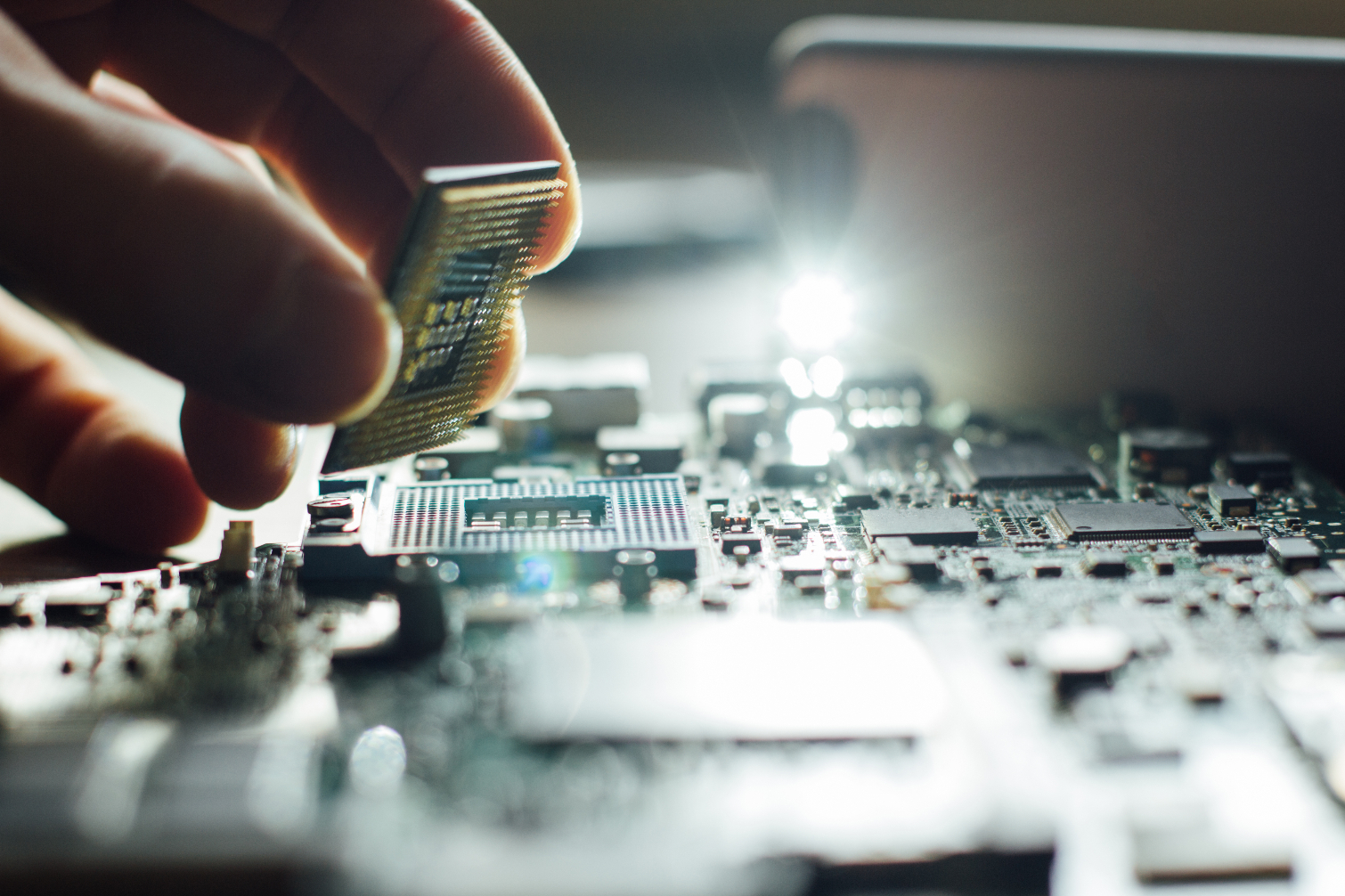Report: Mobo Makers Worry About US-China Trade War
Surprising as it may seem, people don’t always behave rationally when there’s a war going on, even if that war is fought with tariffs instead of munitions. According to a May 16 report from DigiTimes, that’s why motherboard makers fear enthusiasts might put off upgrading their systems until after the U.S. and China finally settle their economic differences.
Motherboard companies have been in a tough spot for a while. The ongoing shortage of Intel processors affected much of the tech industry, and even though that shortage is expected to improve in the months ahead, there still aren’t enough CPUs to go around. Because people can’t buy the processors they want, there’s little reason for them to buy other new components.
DigiTimes reported that “industry sources” believe demand for motherboards is likely to get worse because of the trade war between the U.S. and China. A quick recap: the U.S. raised tariffs and made it difficult for companies with ties to “foreign adversaries” to do business in America; China responded with similar tariffs on products from the U.S.
The problem doesn’t appear to be the tariffs themselves—DigiTimes said that many companies have already raised their prices and prepared to make their products outside China if necessary. Instead, the issue lies with the rising tension between the countries. Companies are said to be especially worried that they might lose access to the Chinese market.
It’s easy to see why: China has a significantly higher population than the U.S. DigiTimes claimed half of global motherboard shipments go to China; losing access to that market would obviously be devastating. (Which is admittedly kind of like saying “water is wet,” but when it comes to trade battles between two superpowers, nothing’s taken for granted.)
All of which means that an industry already destabilized by the processor shortage—not to mention the sales decline following the cryptocurrency bust—is understandably concerned about a trade war between its biggest markets. But what should people do, pay higher prices for parts they can’t use until the processor they want is more readily available? Unlikely.
Get Tom's Hardware's best news and in-depth reviews, straight to your inbox.

Nathaniel Mott is a freelance news and features writer for Tom's Hardware US, covering breaking news, security, and the silliest aspects of the tech industry.
